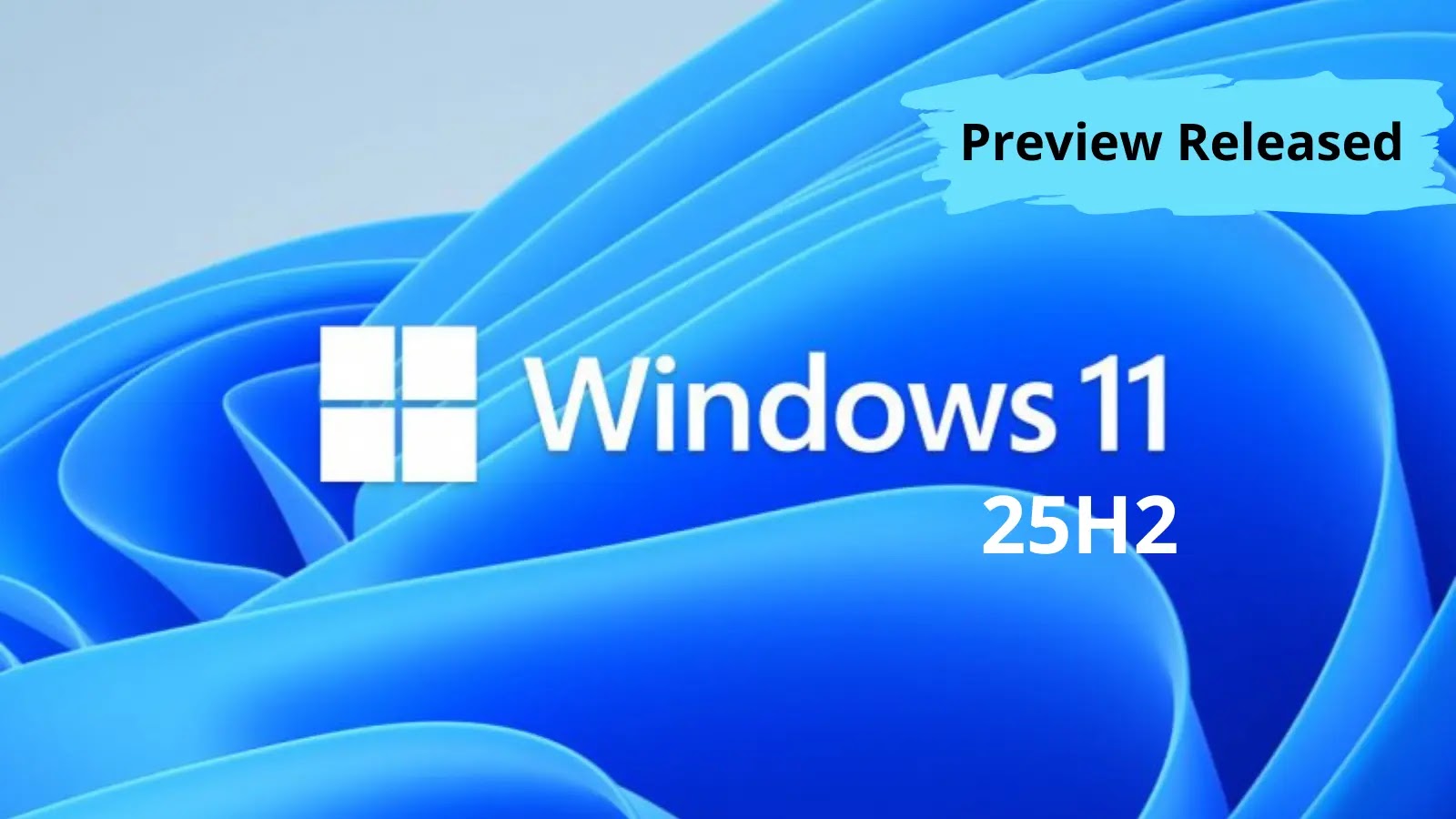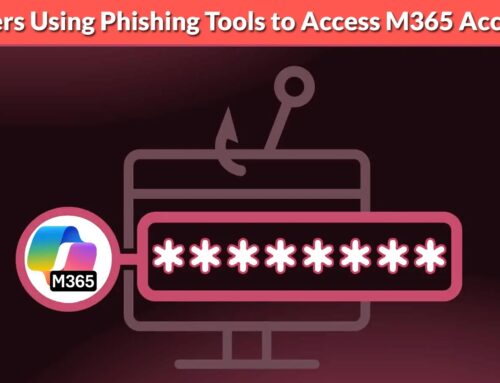
Windows 11 25H2 Update Preview Released, What’s New?
For cybersecurity professionals, staying ahead of operating system updates is not merely a matter of convenience; it’s a strategic imperative for maintaining robust security posture. The recent unveiling of the Windows 11, version 25H2 (Build 26200.5074) enablement package (eKB) in Microsoft’s Release Preview Channel marks a critical moment for IT departments and security analysts. This early access provides an invaluable opportunity to understand upcoming features and assess their potential impact on enterprise environments before general availability.
This comprehensive preview delves into what Microsoft is rolling out with Windows 11 25H2, offering insights crucial for preparing your infrastructure, patching strategies, and understanding the evolving threat landscape. Proactive engagement with these updates can significantly bolster an organization’s defense mechanisms against emerging cyber threats.
Windows 11 25H2: An Early Look
Microsoft has opened the Release Preview Channel to Windows Insiders, specifically for the forthcoming Windows 11, version 25H2 enablement package (eKB). This package, identified as Build 26200.5074, represents this year’s anticipated annual feature update. For IT administrators and security teams, this means an initial window into the changes that will soon affect their deployed Windows 11 systems. Insiders can now opt in through the “seeker” experience within Windows Update, indicating a readiness from Microsoft to gather broader feedback and identify potential issues before widespread deployment. The general availability for this update is slated for later in the calendar year, providing a crucial preparation period for organizations.
Key Features and Security Implications
While specific detailed feature lists for Windows 11 25H2 are still emerging (as the provided source is a high-level announcement), the nature of these annual feature updates typically involves significant under-the-hood changes impacting security and functionality. Based on previous Windows feature releases, we can anticipate a focus on:
- Enhanced Core Security Features: Expect improvements to built-in security components such as Windows Defender (Microsoft Defender Antivirus), Microsoft Defender SmartScreen, and potentially advancements in kernel-level protections. These enhancements often involve improved threat detection algorithms, ransomware protection, and exploit mitigation techniques. Staying updated ensures your endpoints leverage Microsoft’s latest defensive capabilities.
- Identity and Access Management (IAM): Updates frequently include refinements to Windows Hello for Business, credential guard, and integration with Azure Active Directory (now Microsoft Entra ID). Stronger, more seamless authentication mechanisms are vital for reducing phishing attack vectors and improving user experience without compromising security.
- Device Management and Deployment: New features might streamline IT administration, potentially affecting Group Policy Objects (GPOs), Mobile Device Management (MDM) capabilities, and the deployment of updates themselves. Efficient patch management is a cornerstone of cybersecurity, and any improvements here directly benefit an organization’s security posture.
Preparing for the 25H2 Rollout
For cybersecurity professionals, the release of this preview provides a critical window for readiness. Proactive steps can significantly mitigate potential disruptions and security risks associated with a major OS update:
- Pilot Programs: Utilize the Release Preview Channel in a controlled lab or sandboxed environment to evaluate the 25H2 update. Implement a pilot program with a small group of non-critical test machines to identify compatibility issues with critical business applications, custom scripts, and existing security solutions (e.g., Endpoint Detection and Response – EDR, Data Loss Prevention – DLP).
- Compatibility Testing: Before wide deployment, rigorously test line-of-business applications, VPN clients, network access controls, and specialized hardware drivers. Incompatible software can lead to operational downtime or, worse, introduce new vulnerabilities.
- Backup and Recovery Plans: Ensure robust backup and recovery protocols are in place for all systems slated for the update. This includes system images and critical data backups, allowing for rapid restoration in case of unforeseen issues during the update process.
- Security Baselines Review: Review and update your security baselines (e.g., CIS Benchmarks for Windows 11) to incorporate any new security features or configuration changes introduced by 25H2. Adjust Group Policies or Intune profiles accordingly to maintain a hardened system configuration.
- Network Monitoring: Enhance network monitoring during and after the initial rollout phase to detect unusual traffic patterns, unauthorized access attempts, or indicators of compromise that might arise from unforeseen update-related issues.
- User Training and Communication: Prepare internal communications and, if necessary, training materials for end-users on any significant UI changes or new functionalities that might impact their workflow, reducing helpdesk tickets and improving adoption.
Conclusion
The preview release of Windows 11, version 25H2 is a crucial signal for cybersecurity analysts and IT professionals to begin their preparatory work. Engaging with this preview channel provides an invaluable opportunity to understand the evolving landscape of Microsoft’s operating system, assess potential impacts, and proactively secure your enterprise environment. By investing time now in testing and readiness, organizations can ensure a smoother, more secure transition when the 25H2 update reaches general availability, ultimately strengthening their overall cybersecurity posture.





